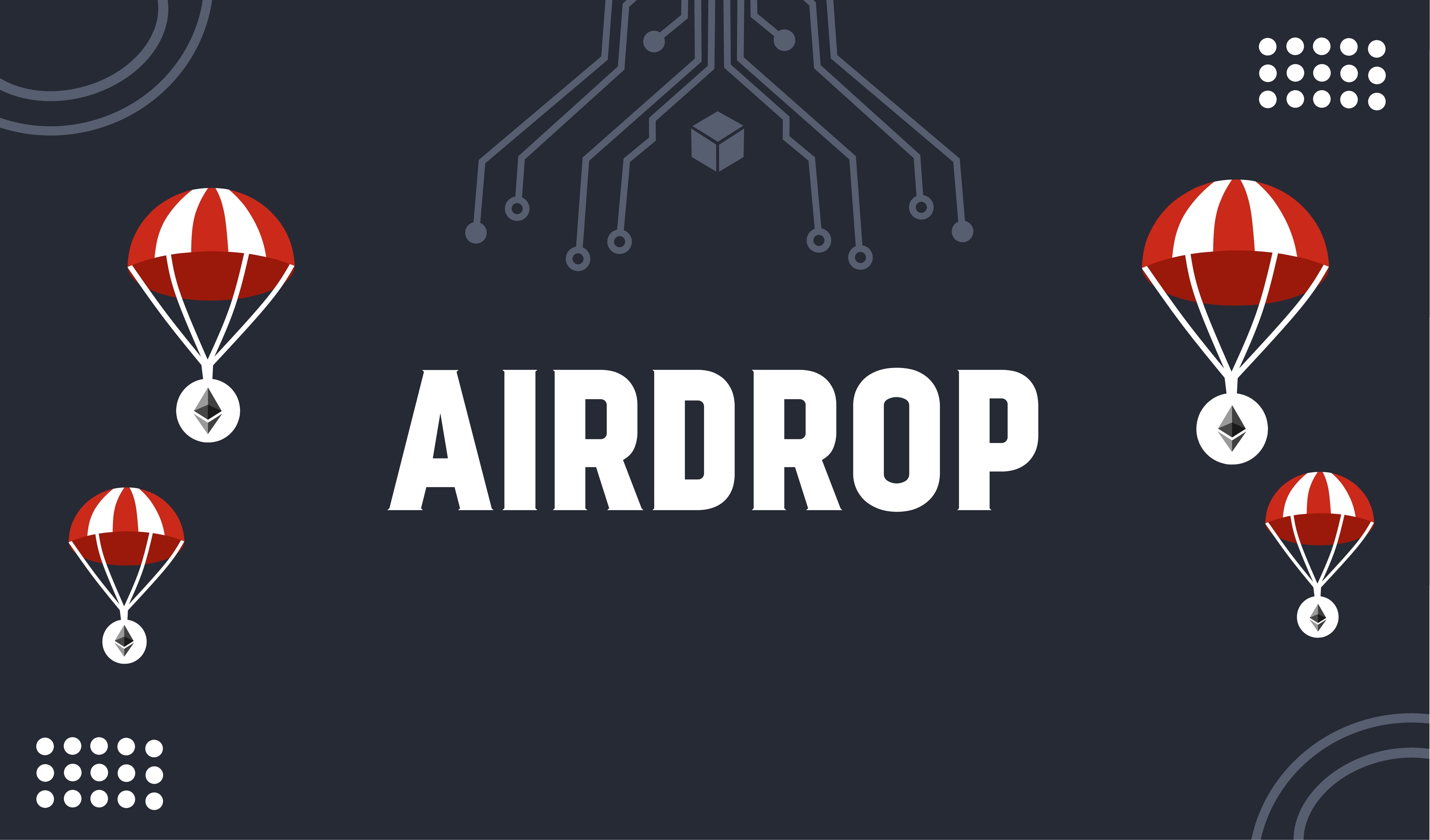What are NFT Airdrops?
NFT airdrops refer to the distribution of non-fungible tokens (NFTs) at no cost to specific communities or pre-selected individuals. This strategy is widely employed by NFT projects, artists, and blockchain gaming applications to introduce new NFT collections to the public, enhance brand recognition, and foster engagement within their communities by providing rewards.
Although NFT airdrops are typically free, they commonly require participants to possess a particular type of NFT to qualify. This requirement arises when a project introduces upgrades, companions, special packages, and other enhancements that benefit token holders while also promoting new collections.
The Mechanics Behind NFT Airdrops
Projects and creators utilize various methods to execute NFT airdrops. This includes crafting new NFT collections or companion pieces, minting these NFTs, and distributing them to specific wallet groups. Alternatively, they might allocate a portion of the minted tokens for future occasions.
The ultimate goal is to generate excitement around the new collection, raise awareness of the brand, or amplify the value of the existing NFT collection. Early adopters can claim the newly airdropped NFTs, while others have the opportunity to acquire the tokens by completing simple tasks at a substantially lower cost compared to the initial minting prices.
Creators often promote NFT airdrops through their official websites and social media platforms. A designated set of tasks is outlined for participants to complete in order to claim the airdrop. These tasks could involve actions such as sharing posts, tagging friends on social media, engaging with the community, or even creating content like social media posts or blog articles about the airdrop.
Common Types of NFT Airdrops
Several categories of NFT airdrops are prevalent:
Holder Airdrop: These airdrops are the most common, where projects distribute NFTs to wallet addresses that hold specific NFTs or cryptocurrencies. The quantity of NFTs received typically corresponds to the number of tokens held in the wallet.
Standard Airdrop: Limited NFTs are distributed within a specific quantity and timeframe. Participants usually only need to create an account and connect their public crypto wallets to the designated website.
Exclusive Airdrop: This type rewards loyal holders who have not only held the token for an extended period but have also actively participated in community interactions and events. Exclusive airdrops differ from bounty airdrops, which are open to all participants.
Raffle Airdrop: Rare NFTs are distributed to a small selection of individuals. Participants may need to sign up or complete specific tasks for a chance to be selected.
Examples of Successful NFT Airdrops
Notable instances include Bored Ape NFT holders receiving a digital vial of mutant serum, transforming their original NFTs into Mutant Apes for Yuga Lab's second project. Additionally, Chiru Labs' launch of Beanz, a sidekick collection of 19,950 NFTs for Azuki NFTs, saw significant success.
It's important to note that while airdropped NFTs may not always become highly valuable in the short term, established NFT projects with strong reputations are more likely to see success. Factors such as utility, rarity, community benefits, and exclusivity play pivotal roles in the success of a new NFT collection.
Claiming NFT Airdrops and Ensuring Safety
To participate in NFT airdrops, you'll need a cryptocurrency wallet that supports the relevant blockchain and NFTs. Popular options like MetaMask and EVM-compatible wallets are recommended. You can provide your public address to the project or connect your wallet to the airdrop's designated platform.
The airdrop page usually provides a set of tasks and instructions to qualify for the NFT distribution. Some airdrops may not require any action, as the creator already possesses the wallet addresses.
For finding NFT airdrops, closely follow NFT projects on their social media platforms and websites to stay informed about upcoming events. Aggregator platforms and NFT news websites also compile lists of airdrops.
Safety Considerations for Airdrop Participation
Exercise caution when receiving random NFT airdrops in your crypto wallet. If you receive an NFT or token without a verifiable source, it could be a scam. In such cases, avoid selling, trading, or interacting with the received token.
Always verify the legitimacy of the airdropped token, ensuring it aligns with the original creator. Follow these guidelines:
Provide your public wallet address to verified projects, but never share private keys, seed phrases, or personal credentials. Requests for such information are likely scams. Before connecting your wallet to a website or decentralized application (DApp), verify the project's legitimacy. Scammers may replicate a project's content and websites to deceive users. Check the URL and look for any unusual changes. Consider using an empty NFT wallet to minimize potential losses from scams. Verify that tasks don't involve sharing personal information or sending money. Stay cautious of NFT airdrops sent to your direct messages (DMs), as these are often linked to scams or low-quality projects.
In Conclusion
NFT airdrops are akin to receiving a special treat from a grocery store where you are a loyal customer. They serve as an engaging method for Web3/NFT projects to interact with communities, enhance brand awareness, and add value to existing projects. Airdrops are favored for their simplicity, cost-effectiveness, and ability to gauge community reactions to different project types. Ultimately, they create a win-win scenario by benefiting users with new assets while requiring minimal effort in return.

